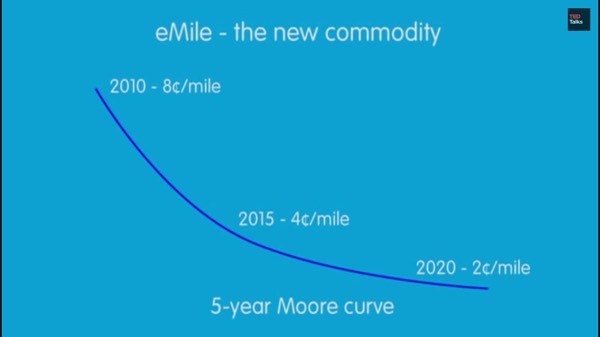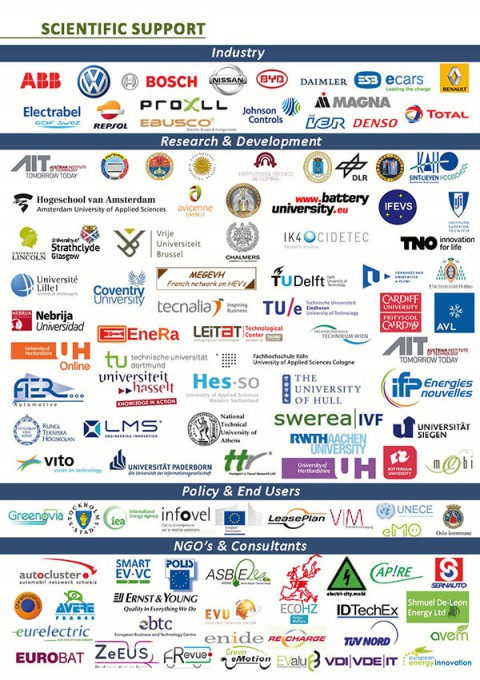Driving a gasoline/petrol/diesel car is the end result of a very long and very complex process. First of all the sun shines on some plants. They convert about 5% of the energy into carbohydrates which are either left to rot or used as dinosaur food. Every conversion reduces the efficiency further. Luckily, the process of … Continue reading “Technology versus Fuel”
Driving a gasoline/petrol/diesel car is the end result of a very long and very complex process.
First of all the sun shines on some plants. They convert about 5% of the energy into carbohydrates which are either left to rot or used as dinosaur food. Every conversion reduces the efficiency further. Luckily, the process of turning plant matter and dead dinosaur into oil has concentrated the energy by a factor of a gazillion (it takes a lot of dinosaurs and a few million years to make a litre of gasoline). It then needs to be drilled, shipped to a refinery, refined, shipped to a gas station and then put into a car which converts about 70% of the concentrated energy into waste heat. As an added bonus it releases the carbon stores from the carbohydrates into the atmosphere as CO2, which is a greenhouse gas. Which is not good.
Ideally we’d use Solar to replace most of this. Why?
Solar is a technology, not a fuel. It converts solar radiation into electricity with an efficiency of around 30%. It doesn’t require millions of years; it takes about 8.3 minutes for the sun to release radiation to it hitting the solar cell and making electricity. The cells are passive, quiet and last a really, really long time.
Critics of solar have said the energy needed to produce solar panels (and the chemical processes needed) outweigh the environmental impacts of the oil business, though I’m not sure they’re counting the mining, shipping, refining, shipping and burning never mind the effluents.
But it’s hard to measure that. It’s hard to verify the accuracy of that.
I’d rather think of it this way. We like our gadgets and cookers and fridges and cars and televisions. We might want to make sure they will work well in the future. Seems a shame to burn dinosaur bones to run a smartphone especially when its possible to run the thing on free solar radiation.
Fossil fuels are getting more and more expensive. The “Watt-hours per dollar” in stored energy is getting smaller and smaller. We’ll want to keep our hydrocarbons for very specialist uses and not waste them on Instagram.
It’s possible to get solar panels installed in Northern Ireland but most “lease” places won’t touch you if you don’t have a south-facing roof. You can pay for someone else to install them if you don’t have a south-facing roof or you can install them yourself on any old roof.
So, my plan is to learn a lot more about photovoltaics, batteries, inverters, charge controllers and electric motors over the coming months. Let’s see if I can’t at least get our kettle working on 9 minute-old solar energy.





